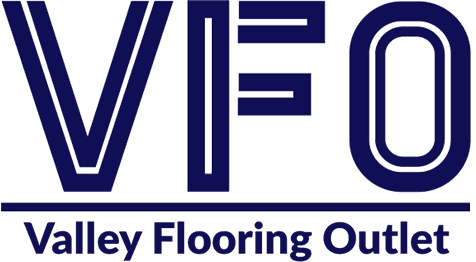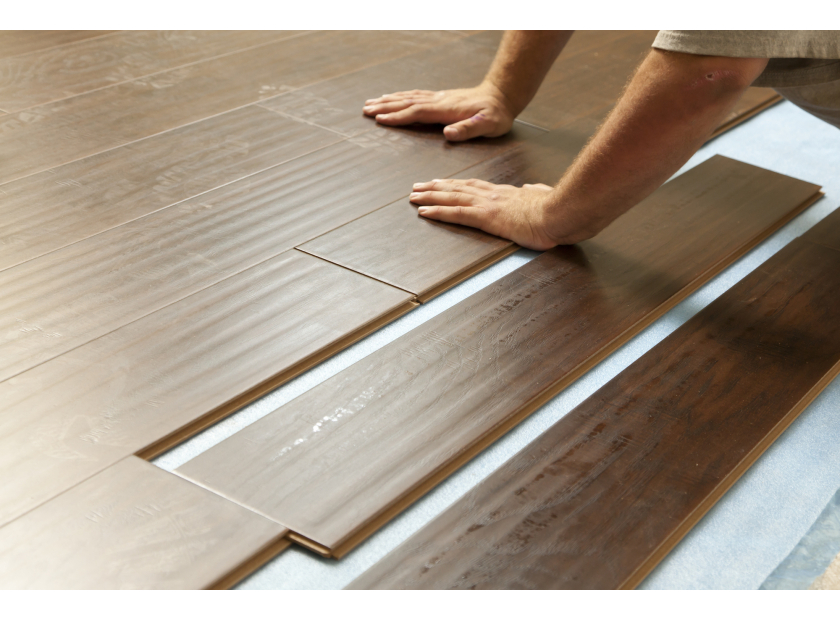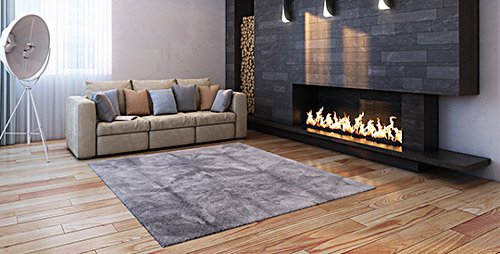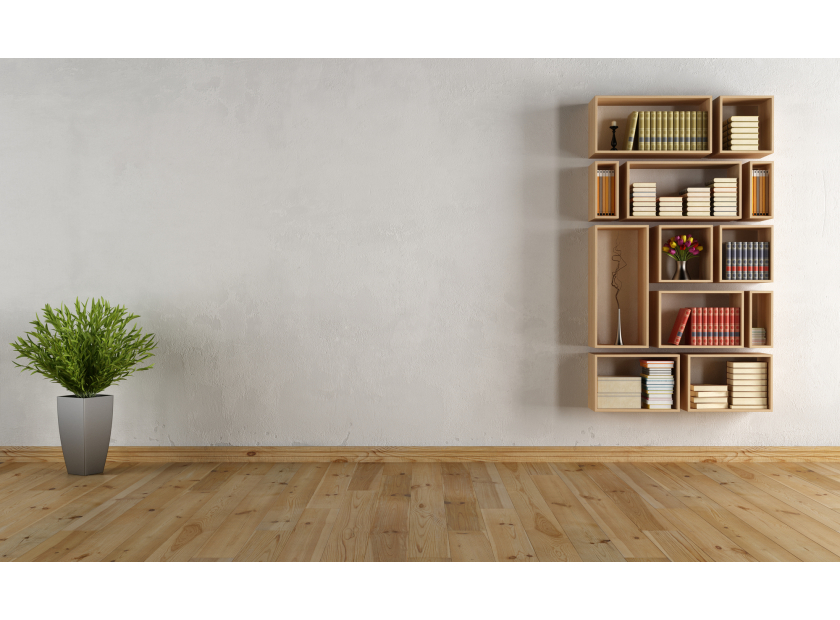Let’s not get you started on its visual appeal. The rapid improvement in print-film technology and texture embossing has made the availability of color and texture varieties possible. When it comes to vinyl flooring, appearance is a double check!
How Vinyl Flooring is constructed.
So many modern vinyl floors are constructed from a combination of PVC (polyvinyl chloride), plasticisers and print films. This combination is often referred to as composite vinyl.
First, the backing material (a mixture of vinyl and plasticiser or fibreglass) is covered with a paper print-film which contains the desired pattern. A clear layer of virgin or recycled PVC (which acts as the main protection to the floor) is then placed over the print-film. This layer is referred to as the ‘wear layer’.
The wear-layer is the most expensive part of the flooring. Usually, it is given some level of texture (embossing) to complete the look of the print-film and coated with urethane for further protection. Depending on the pattern, the product is then cut up into different tiles or planks.
The thicker the wear-layer, the better the durability of the vinyl floor. Ideally, a wear-layer with a thickness of about 1mm (40 mil) can last for about 20 years without replacement. Inasmuch as thick wear-layers incur heavy costs at the onset, the long-term cost is way lesser than wear-layers of lower thicknesses.

Installation methods and Construction of Vinyl floors.
- Click: Click vinyl planks are the most common in the industry. They are easy to install and do not require additional adhesives. They can be installed directly over subfloors or an existing flooring with or without the use of an underlay. For easy vinyl flooring installation and a considerably strong click mechanism, it is advisable to use a click plank with a minimum thickness of 5mm.
- Dryback (glue-down): Where solid vinyl flooring installations are needed, dryback is considered the standard. This is because it is designed to be full-trowel glued. And really, nothing keeps flooring in place like a full-trowel glue. This makes dryback the best vinyl floor installation available.
Asides having a lesser thickness (2-3mm), dryback vinyl planks are so much similar to click vinyl planks. Although dryback planks are less expensive, coupled with the cost of adhesives and services of an experienced installer, the cost of installation is same as the click installation.
- Loose-lay: This is the newest in the vinyl construction industry and employs one of the easiest vinyl installation method. But, except it is a flawless installation, gaps are likely to develop between planks as it gets walked on. Asides that it is easier to install and costs less, it does not have so much advantage over the click mechanism.
- Peel-and-stick: Peel-and-stick is on the low-end spectrum of vinyl flooring. They are usually wear-layer products of low thicknesses (0.1 or 0.2 mm) that are often designed with sticker backing that are peeled off and stuck to the subfloor. The adhesives are completely unreliable and the low quality of this floor makes it a last resort. It is especially suitable for extremely low traffic and visibility operations.
At VFO flooring, we offer quality vinyl floorings and the best vinyl floor installations at real discount prices. As a brand, we’re known for variety and integrity and place priority on customer satisfaction. Do visit our website in order to make a purchase and get access to more information.




